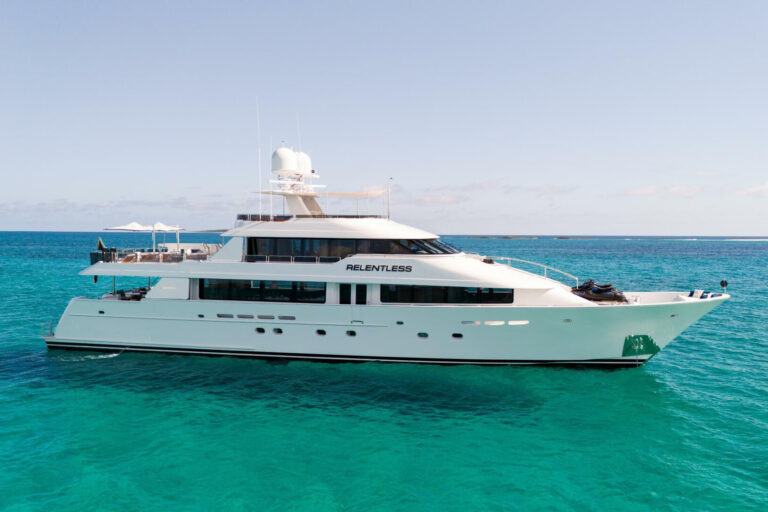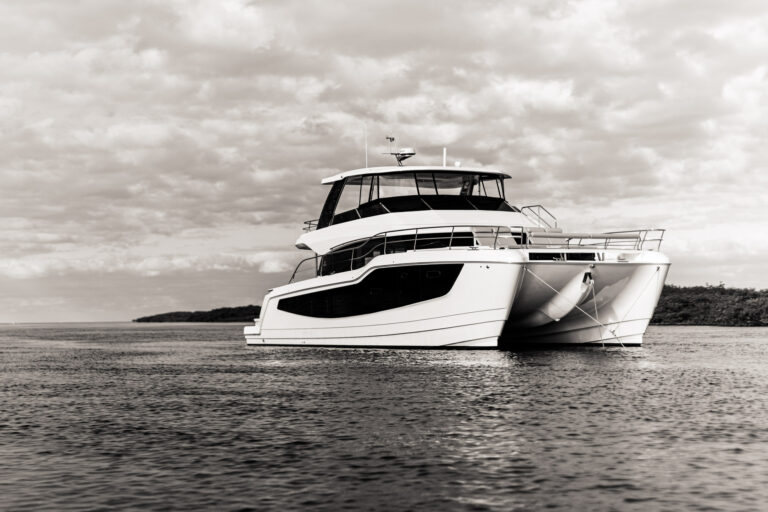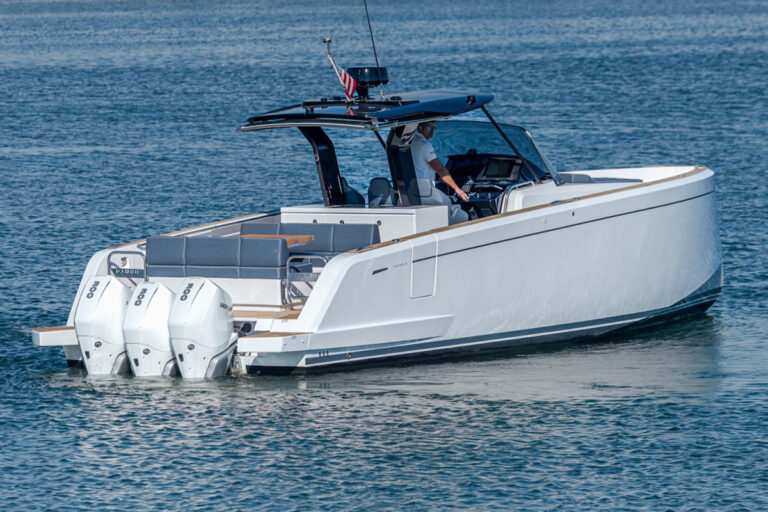Hold the after spring and ease the forward spring, the captain calmly in-toned as he set his hands to the controls. The veteran deckhand on the stern dutifully took a turn around the cleat and awaited the next command. The new deckhand on the bow did the same. But instead of swinging out into the stream as planned, the bow abruptly lunged back toward a shell-encrusted piling. Fortunately, the fenders were out and did their duty by compressing to the thickness of a padded FedEx mailer. Next came the obligatory blast of abuse from the “captain of diminished composure. Another crew member grabbed the line from the new deckhand and slacked it off smartly and in doing so, issued the ultimate rebuke by leaving the newbie with nothing to do.
Had the new deckhand really done anything wrong? The answer depends on the school of dockline terminology from which you have graduated. His real and inesca-pable crime was not learning the line terminology used aboard his new vessel. The root problem lies in the fact that there are several systems for the naming of docklines. Usually this leads to nothing worse than barside spats over nautical terminology. The marine environment, it turns out, is blessed with an abundance of experts unafflicted by low self-esteem. But, occasionally, confusion over names has real ramifications for safety. The bottom line is, since there is more than one system for naming docklines, you need to know something about each of them and, more important, you need to know which one is being used at the moment.
When it comes to the bow and the stern lines, there is not much dissent, although “head line is one well-known alternative for the bow line. The real confusion comes with spring lines, which serve to prevent the vessel from springing ahead or astern.
Many people duck confusion by numbering the lines from forward to aft. The bow line is number one, the spring line attached to the forward part of the vessel is number two, and so on (see diagram 1). This works well for the standard four-line tie-up used by smaller vessels. If a breast line is added, then the four standard lines keep their numbers and the breast line is called just that. The numbering system becomes unwieldy when you start to double up lines or use some of the more complex tie-ups associated with larger vessels, involving cross springs and lines leading from the offshore side of the vessel. The question then arises, if you add additional lines, do the numbers of the original ones all change? And, if you have several lines out, will everyone really remember which one is number nine?
Some people don’t like the numbering system simply because it is not part of the nautical tradition. I respect this view, but the fact is, the numbers work quite well with inexperienced crew, temporary crew such as guests, or in any situation in which the crew is in flux.
One of the more venerable approaches to spring-line appellations is rooted in naming the line for the part of the yacht to which it is attached. Thus the “forward spring is in the bow and the “after spring is in the stern. This system would probably be just fine if it weren’t for the fact that the world contains a tribe of people who persist in naming spring lines for the direction in which they lead from the ship to the dock. By their system a “forward spring is attached to the stern and leads forward to the dock; an “after spring is attached to the bow and leads aft to the dock. Because of this inverted world view, the “forward spring can have two completely opposite functions, hence the incident described above.
To avoid this particular source of confusion, I favor dividing spring lines into the “bow spring and the “stern spring for where they attach to the vessel. It is usually, though never entirely, safe to assume that everyone knows the bow (the pointy end) from the stern (not). With this method there is no confusion as to whether the word “forward refers to the lead of the line or the part of the yacht.
In case you thought the matter now settled, not so fast. The discussion would be incomplete without adding the opinion of The Oxford Companion to Ships and the Sea. This authoritative nautical reference tome divides spring lines into “forward spring (attached near the bow) and “back spring (attached near the stern) because they restrain a vessel from springing forward or springing back. If this weren’t enough, the back spring is sometimes called a “quarter spring. As we now know, this is just an obtuse way of saying the stern spring, aft spring, after-leading spring, back spring or, simply, number three.
Yet another category of spring lines is cross springs. These are spring lines that lead in the opposite direction from what you would normally expect in a particular part of the vessel (see diagram 2). Thus, a forward cross spring would typically be in the forward part of the vessel and lead forward. An after cross spring would be attached to the after part of the vessel and lead aft. But it could also be called a “quarter cross spring. Cross spring lines are more common for tying up large ships or securing tugboats and barges, but the basic idea is to provide more fore and aft security.
So which of these systems is the most correct? I’m afraid they are all valid, depending on your background. Even the U.S. Coast Guard license exams recognize more than one system. So, since the right and wrong of it cannot be resolved by a higher authority, the only solution is to settle on one system for your boat and use it consistently. If you are on someone else’s yacht, learn the system in favor before getting on the end of a line. If you are the skipper, remember that people like to feel useful, but don’t want to make fools of themselves. You can avoid an embarrassing situation, and maybe some damage, by recognizing that there is a rat’s nest of terminology associated with spring lines, and you cannot assume that your wishes will be understood when you start hollering line handling commands without first clarifying the terminology you plan to use.









